Top JavaScript Frameworks to Use this Year
Learn about the top JavaScript Frameworks that you can use for your projects this year.
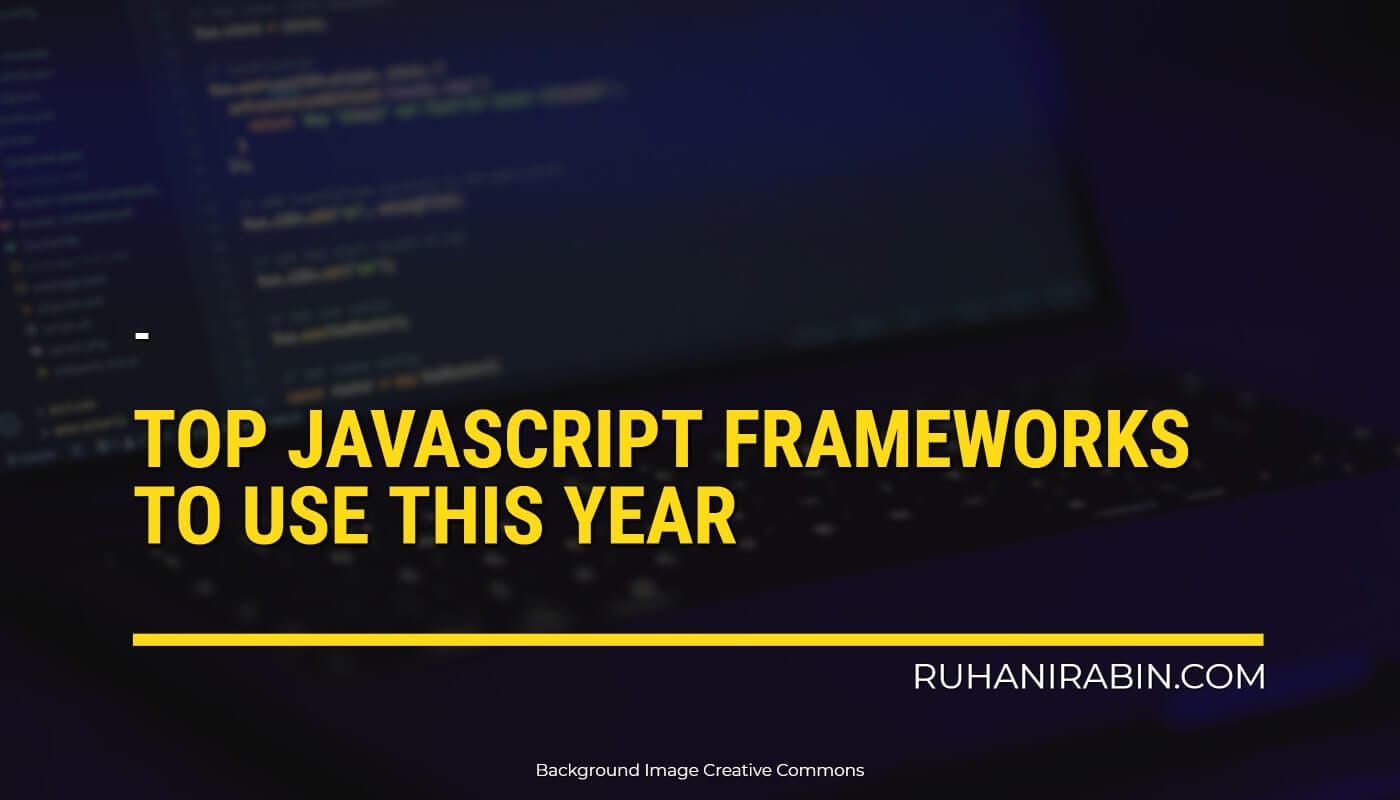
Get the Best Updates on SaaS, Tech, and AI
Introduction
As we all know, currently JavaScript is one of the most popular and widely used programming languages with over 64% of software developers using it. Since its inception in 1995, it is gaining immense popularity in the development industry, which has changed the web application development horizon.
Instead of creating JavaScript code from scratch, software engineers are now meeting today’s demanding market requirements by leveraging JS frameworks. The best JavaScript frameworks allow developers to access robust tools that help them streamline JS application development for a variety of mobile and web projects.
According to the Stackoverflow Developer Survey conducted in 2021, it stated that JavaScript is the most demanded programming language with the highest vote share as compared to other similar programming languages.
With the latest advancements and improvements in the technology sector, new JS frameworks are being developed more than ever before. It is said that the development industry is always too curious to know which ones are the best and most widely used JavaScript frameworks.
If you’re a web developer, you must spend a lot of days playing with JavaScript. Frameworks are now becoming prevalent for web development because they allow you to easily create components and come up with new models and code separation systems.
You have a variety of options available to choose from, which might complicate things for you, isn’t it? So, we’re here with a list of the top 7 JavaScript frameworks to ease your task and help you make your own decision based on your requirements, the complexity of the project, and project size. So, what are we waiting for? Let’s get started!
Top 7 JavaScript Frameworks to use in 2022
1. Node JS
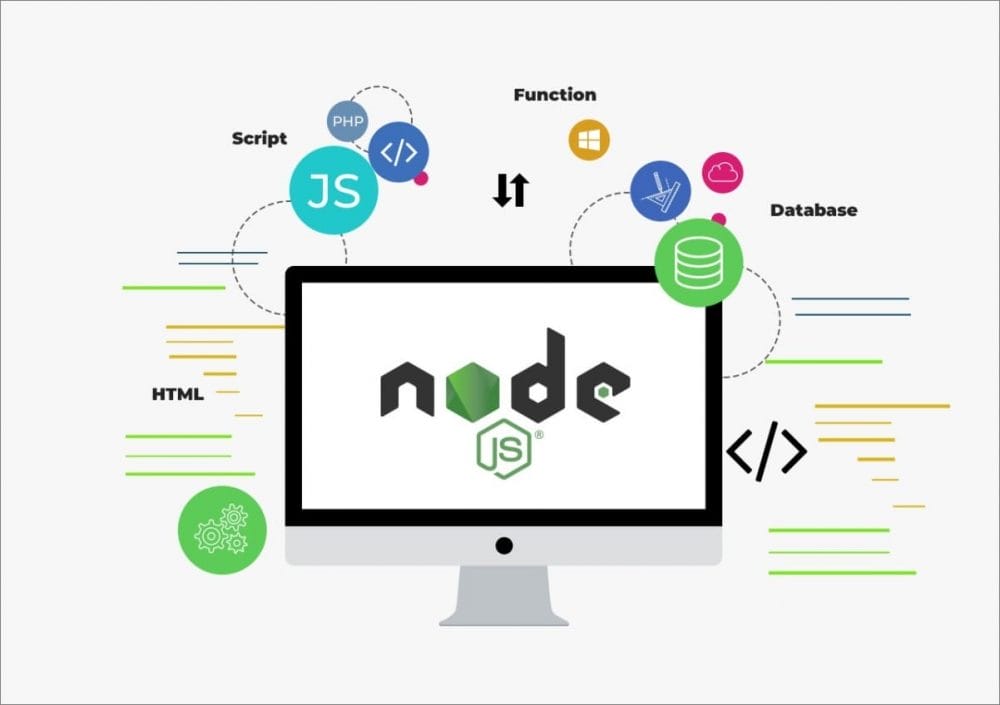
Node.js is one of the best backend JavaScript frameworks which works on various platforms. It is an open-source server-side scripting language having asynchronous Input/Output with an event-driven structure that attracts millions of users. Also, you can use the best Node.js IDEs to cater multiple features and work on a single programming language that enhances your overall application performance and provides the desired results.
It allows developers to use Node.js on both the server-side and client-side, which is one of the main reasons businesses widely use it. Also, it provides excellent features and functionalities of Java-like forming loops, threading, packing, and much more.
Apart from this, it allows you to easily employ Node.js as a server-side proxy, as it can handle many simultaneous connections in a non-blocking manner.
Features of Node JS
- Backed by Google
- Asynchronous nature
- Event-driven architecture
- Highly scalable
- Implemented in JavaScript
- Massive speed gains
- Cross-platform compatibility
- V8 engine
- Non-blocking I/O model
2. React JS
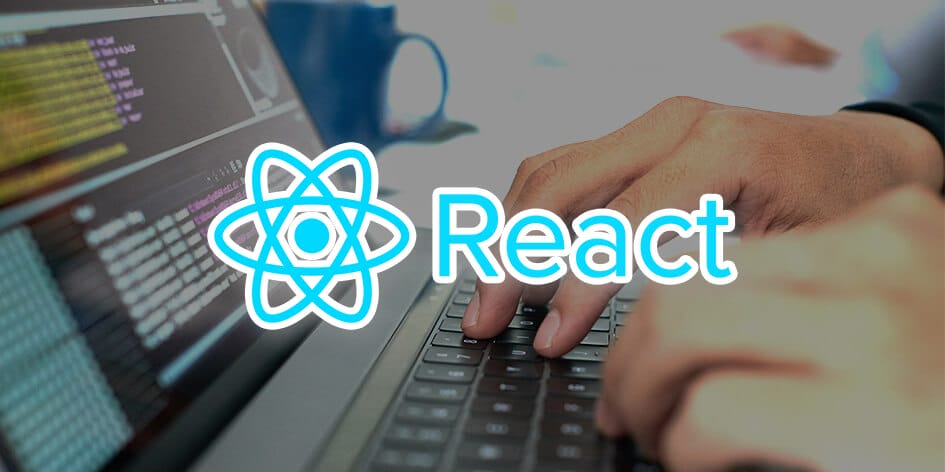
On the top of our list is React JS which is one of the best front-end JavaScript frameworks. It is an open-source platform created by a team of Facebook developers that allows other software developers to create amazing user interfaces.
According to a recent survey, a sheer number of downloads reported by NPM Trends, React outpaces Angular, Svelte, and Vue with over 15.5 million package downloads, isn’t it surprising?
Businesses choose to React over other frameworks because of the scalability and flexibility that it offers while developing web and mobile applications. Also, it makes sure that it provides high-speed renders using virtual DOM.
If you are a new developer, you might find it hard to use and understand, but it has an extensive community with over 40% of professional developers.
Features of React JS
- One-way data binding
- Declarative UI
- Virtual DOM
- JavaScript JSX or XML
- Short learning curve
- Boost developer productivity
- Lifecycle methods
- Conditional statements
3. Angular JS
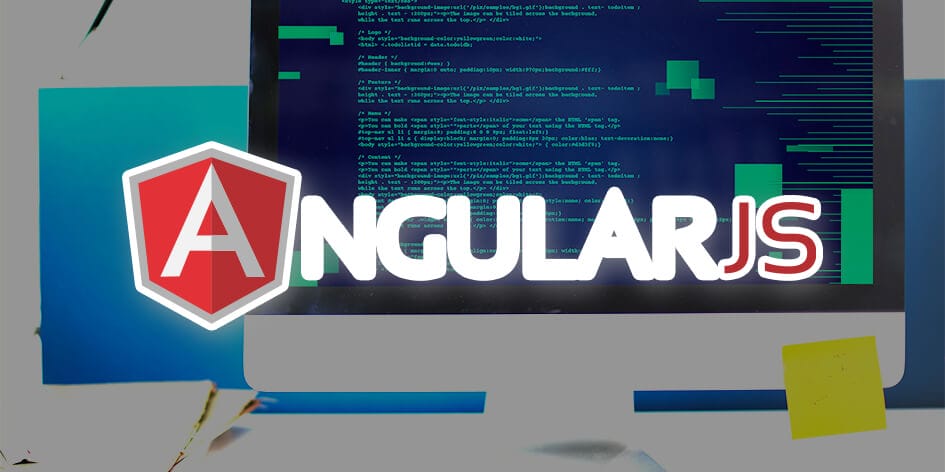
Google created angular in 2010, which is a component-based framework widely used by developers to create dynamic single-page applications and progressive web apps having faster page loads. It allows developers to use massive integrated libraries and a variety of tools to build, test, and update their code, which makes Angular one of the most demanding frameworks as compared to Vue.
Since its inception, Angular has seen immense popularity in the past few years and it is still highly used across the web. We can say that it is an ideal platform for businesses having large-scale web applications or real-time web apps.
As a JavaScript framework, it allows developers to build scalable web applications and combines declarative templates, an integrated set of best practices, and end-to-end tooling to overcome development challenges in the least time possible.
Features of AngularJS
- Dependency injection
- Cross-platform
- Standalone components
- Optional injectors
- Deep linking
- Speed and performance
- Strictly typed forms
- MVC framework
- Two-way data binding
4. Vue JS
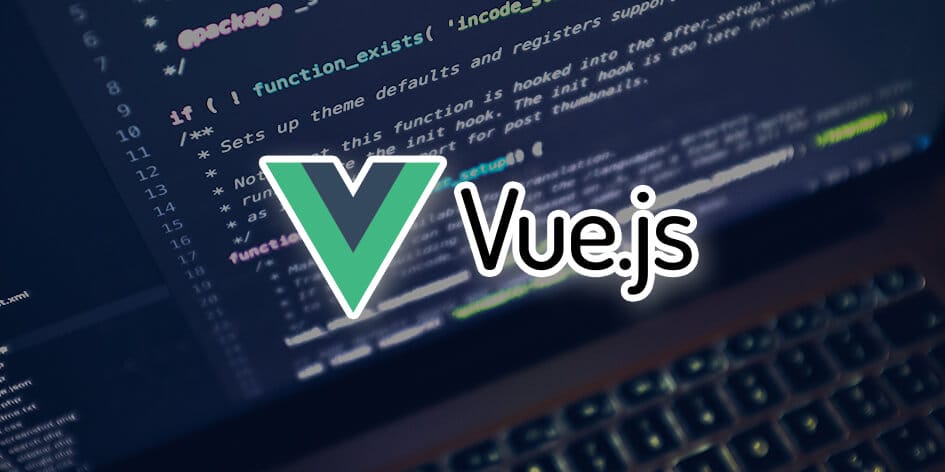
Vue is a popular JavaScript framework created by Evan You in 2014. The demand for Vue is increasing in recent years as it aims to combine the best features of Angular and React.
The learning curve of Vue is short and gentle as compared to React and Angular, so if you are a newbie you can still use and understand Vue and its concepts with little knowledge about coding. It allows developers to create amazing enterprise-level single-page applications and integrate them into new or existing projects if you know HTML, CSS, JSX, and JavaScript.
According to a recent survey conducted by JetBrains, over 40% of developers are currently using Vue JS regularly. It is a dynamic JavaScript framework that is a perfect choice for small-sized projects, which is steadily becoming more popular with businesses.
Features of Vue JS
- CSS transitions
- Templates and directives
- Event handling
- Virtual DOM
- Two-way data binding
- Single file components
- Computing properties
- Simple integration
5. Backbone JS
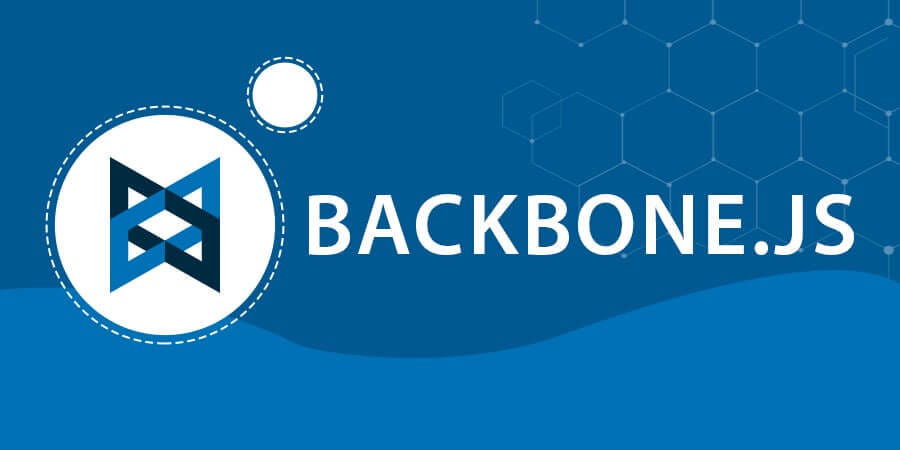
Backbone.js is one of the most popular and widely used JavaScript frameworks after React, Vue, and Angular. You’re not required to worry even if you are a newbie in the software development industry as the learning curve of Backbone.js is short and gentle, which makes it easier for new developers to learn and use.
You can use Backbone.js if you are planning to build single-page web apps having all the basic features and functionalities. This framework aims to eliminate the complexity of programming and allows you to achieve advanced-level functionalities without writing more code.
Apart from creating amazing single-page applications, it allows you to build fluid user interfaces with less code. Basically, it is an imperative programming style that contrasts other JavaScript frameworks.
Features of Backbone JS
- Cross-platform development
- JavaScript functions
- Open-source platform
- Documentation and API
- Lightweight framework
- Event-driven architecture
6. Ember JS

Ember.js was created in 2015 and since its inception, it is gaining immense popularity in developing desktop and mobile applications. Not only this, it allows you to build amazing single-page applications.
We can say that Ember.js is one of the most fascinating JavaScript frameworks that allows software developers to create scalable and high-end enterprise-level applications according to your project requirements.
This framework follows the Model-View-ViewModel architectural pattern and allows developers to build apps easily.
Features of Ember JS
- Auto-updating templates
- Computed properties
- Speed and performance
- Built-in best practices
- Lightweight platform
7. Svelte JS
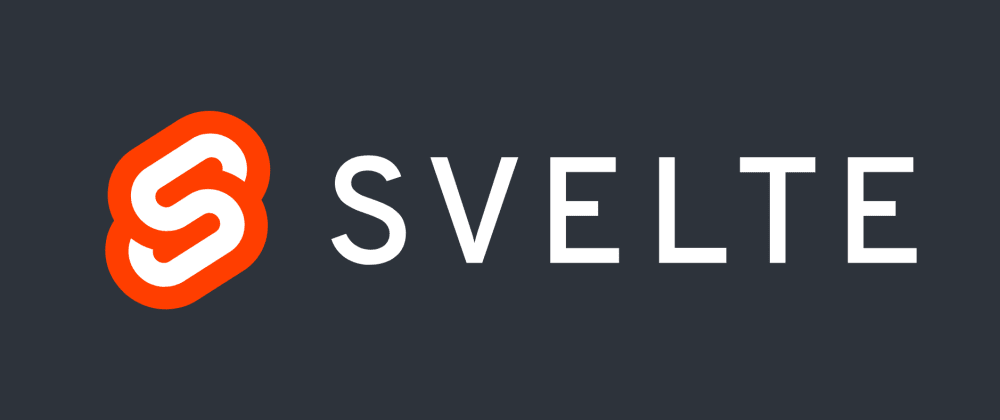
Svelte is a newbie in the software development industry. Rich Harris created it to satisfy developers with this framework by developing amazing applications in the least time possible. This platform supports ultra-fast coding, as it is not dependent on traditional virtual DOM techniques.
According to a recent survey, software developers are now fond of Svelte with over 70% of developers reporting that they love it and are using it in the future as well.
It is an open-source front-end JavaScript framework that does not require high browser processing.
Features of Svelte JS
- Concise code
- Truly reactive
- No virtual DOM
- Light files
- Components Easy to understand
- Static site generation
- Server-side rendering
- Code splitting
Key Takeaway
So that’s it for the post. In closing, we would like to mention that all these JavaScript frameworks are the best and unique in their own way, if used correctly. Just invest a good amount of time in choosing the best framework before you start your project, as the success of your project depends entirely on the platform you are using for development.
We hope you find this helpful post, but if you still have any queries, you can mention them in the comment section below, and we will get back to you soon. But if you have already chosen your framework, what are you waiting for? Start your project ASAP!
FTC Disclosure: The pages you visit may have external affiliate links that may result in me getting a commission if you decide to buy the mentioned product. It gives a little encouragement to a smaller content creator like myself.


